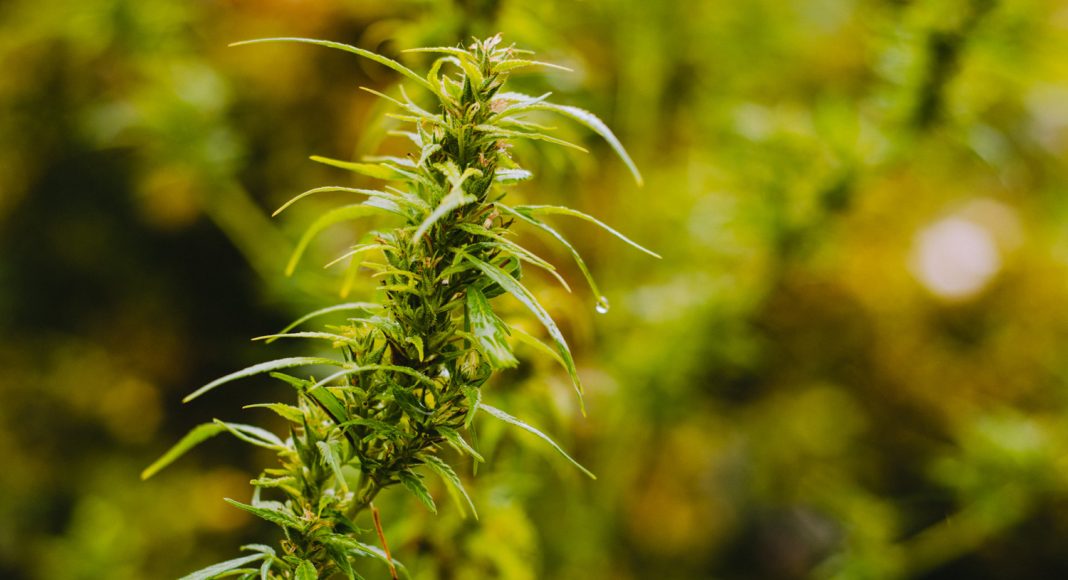With interest in CBD (cannabidiol) rising, and the 2018 Farm Bill legalizing hemp federally, there are many questioning concerning the difference between hemp and marijuana. The distinction isn’t merely academic; one is now federally legal and the other remains a Schedule I drug, but the difference isn’t so clear cut.
Generally the difference between hemp and marijuana is in the concentration of THC (tetrahydrocannabinol), with hemp generally considered so low in concentration so as to be non-psychoactive. Hemp is still cannabis sativa, same as some of the most popular strains of marijuana.
Marijuana, on the other hand, contains up to 30% THC and is generally grown to maximize the growth of flowers and increase the concentration of THC. Hemp is typically grown to maximize the overall size of the plant as quickly as possible and that’s usually achieved by growing outdoors, where a lot of marijuana, though not all, is grown indoors, so as to control many variables such as light cycles and soil nutrients.
RELATED: What’s The Difference Between Medical And Recreational Marijuana?
Hemp is still cannabis, breed to have a low THC, high CBD concentration, and is a specialized variety of sativa. Hemp has been cultivated for industrial applications for centuries. It grows quickly, and its fibers are strong and versatile, used to make paper, textiles, rope, and even concrete. Hemp can also be used to make biodiesel fuel and animal feed. Hemp seeds are a source of vegetarian/vegan protein. Hemp also has another multimillion dollar application: CBD.
Under US federal law, CBD derived from hemp is legal, while CBD derived from marijuana is not, despite the fact that hemp and marijuana are the same plant. Chemically, CBD extracted from hemp is exactly the same as CBD from marijuana plants. The Kafkaesque legal standing of CBD in the United States is due in large part to antiquated drug laws aimed at marijuana users while trying to legitimize a lucrative cash crop in hemp.
RELATED: The Difference Between CBD Oils For Humans And Dogs
Terms like hemp and marijuana are a reflection of our complicated relationship with cannabis. On the one hand, many appreciate cannabis’ utility while also demonizing its psychoactive properties. Unscientific delineations also complicate law enforcement. Since hemp and marijuana are both sativas, the plants are often indistinguishable visually, and have to be lab tested for THC concentration to determine if a crime has been committed, as was the case in Utah, where a driver transporting hemp was arrested on suspicion of marijuana trafficking.
Of course, if and when cannabis, in all its forms, becomes legal, such complicated distinctions as hemp and marijuana will become thankfully obsolete.


